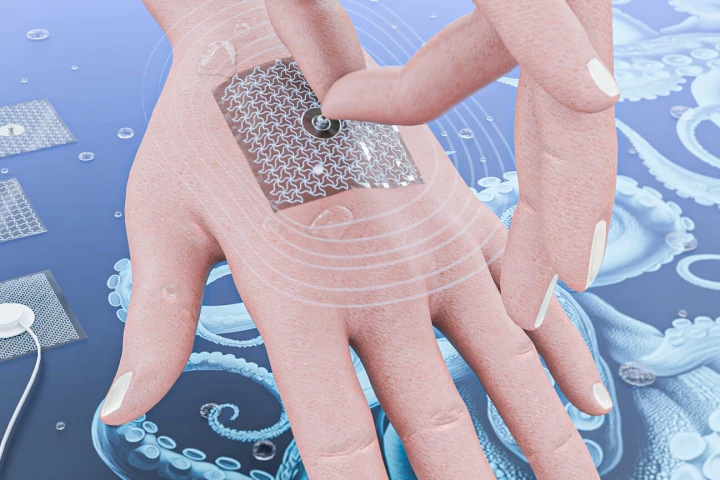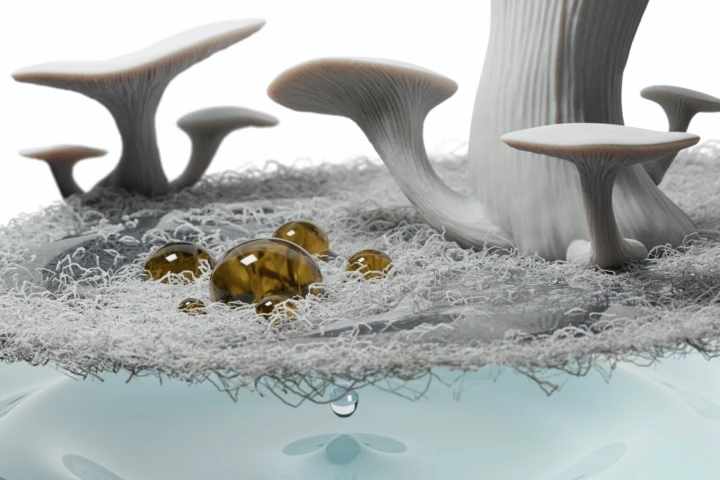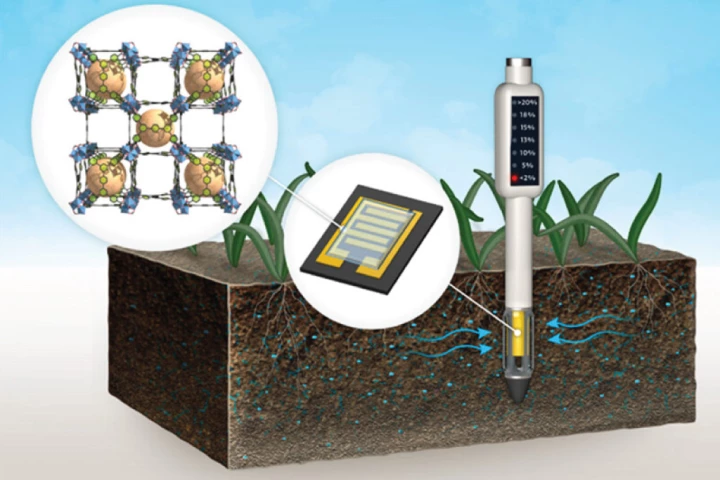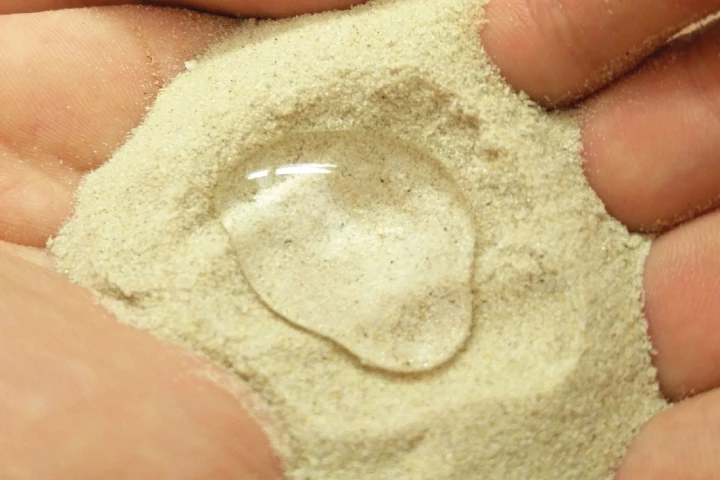KAUST
-
If you want to avoid becoming dangerously dehydrated, you have to drink before you start feeling thirsty. So, how do you know when to do so? According to a new study, a simple tap of your smartphone screen may soon provide the answer.
-
When crude oil is processed, a lot of grungy byproducts are left over. A new study indicates that a couple of those substances can be used to make low-cost carbon fibers, which could in turn find use in less costly carbon fiber composites.
-
Sensors such as EEG electrodes can help save a person's life, but the adhesive patches used to attach them may also harm that person's skin. An experimental new medical patch addresses that issue by utilizing octopus-inspired suckers.
-
When you pour milk into breakfast cereal, the floating cereal tends to clump together. In fluid mechanics, that phenomenon is known as the ‘Cheerios effect,’ and it’s inspired the development of a unique but more efficient water-harvesting system.
-
When it comes to cleaning up marine oil spills, it's best if you can use a material that separates the oil from the seawater. Scientists have created a new organic membrane which does exactly that, and it's derived from oyster mushrooms.
-
Researchers identified 317 million gene clusters belonging to oceanic microbes, creating the world’s largest open-source catalog that offers a tool for exploring how these genetic resources could be used in medicine, energy, food and other industries.
-
The dynamic duo of silicon and perovskite continue their rampage through the solar cell industry. Researchers at KAUST have developed a new silicon/perovskite tandem solar cell with a record-breaking efficiency.
-
In an effort to restore damaged coral reefs, some groups are growing hardy varieties of coral in nurseries, then transplanting them onto reef beds. The Maritechture system is made to streamline that process, allowing it to be done on a larger scale.
-
Soil moisture sensors can help farmers save water, by letting them know when their crops actually need to be watered. A new sensor could be particularly helpful, as it incorporates a special material which makes it highly sensitive to moisture.
-
It's always a shame when you buy fresh produce, only to have it spoil in the fridge before you can use it. The Aurora system is designed to keep that from happening, using a combination of ultraviolet light and vacuum packing.
-
We've already seen systems that wirelessly transmit data via patterns of flickering light. A Saudi Arabian team has created a less energy-intensive alternative, that could use modulated sunlight in place of traditional Wi-Fi.
-
Farmers will often place sheets of plastic on the ground along their crop rows, in order to help hold moisture in the soil. According to a new study, however, the use of wax-coated sand may be a cheaper and greener way to go.
Load More











